|
||||||||||||||||||||||||||||||||||||||||||||||||||||||||||||
|
|
||||||||||||||||||||||||||||||||||||||||||||||||||||||||||||
|
||||||||||||||||||||||||||||||||||||||||||||||||||||||||||||
|
|
||||||||||||||||||||||||||||||||||||||||||||||||||||||||||||
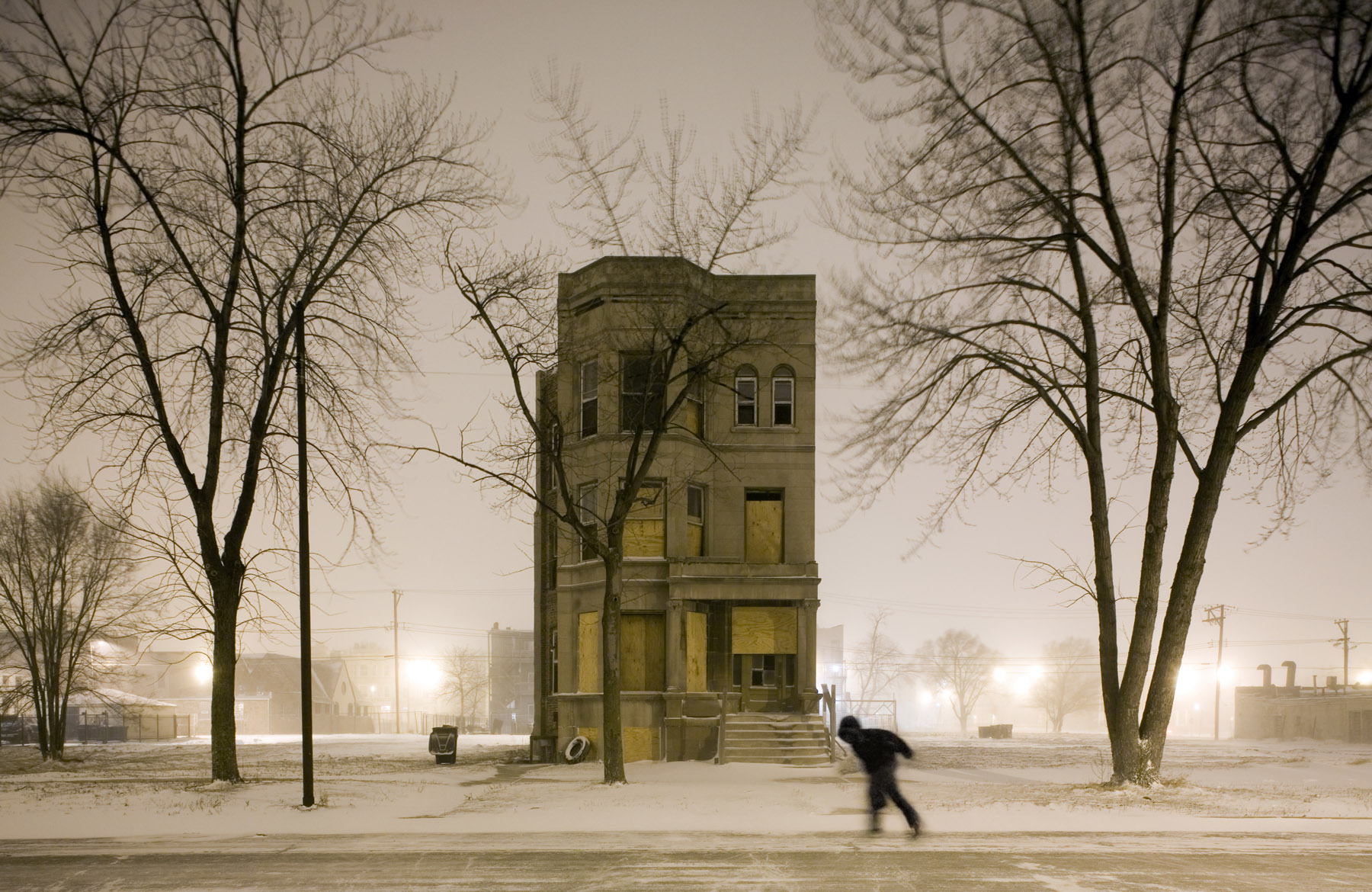






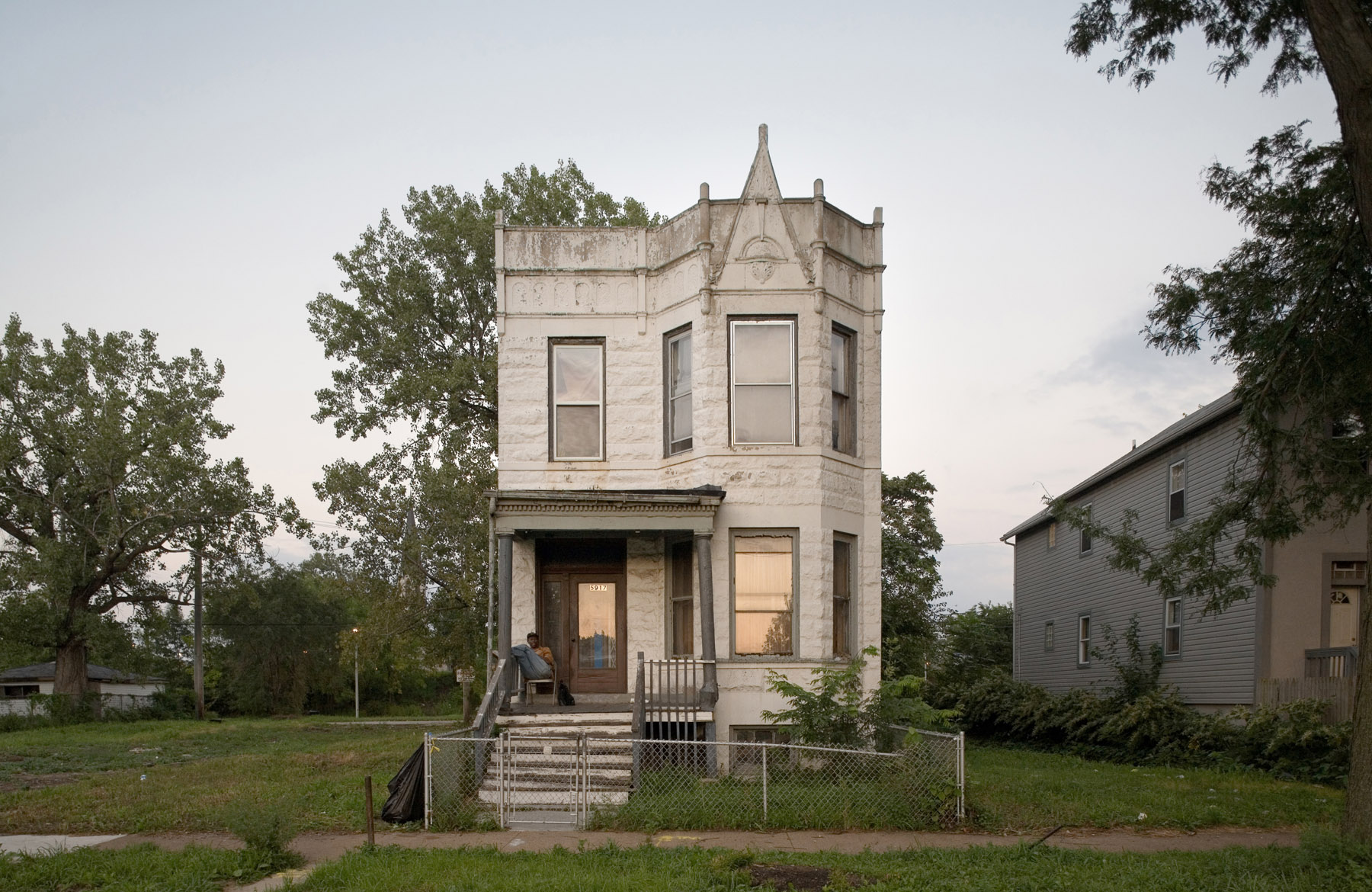
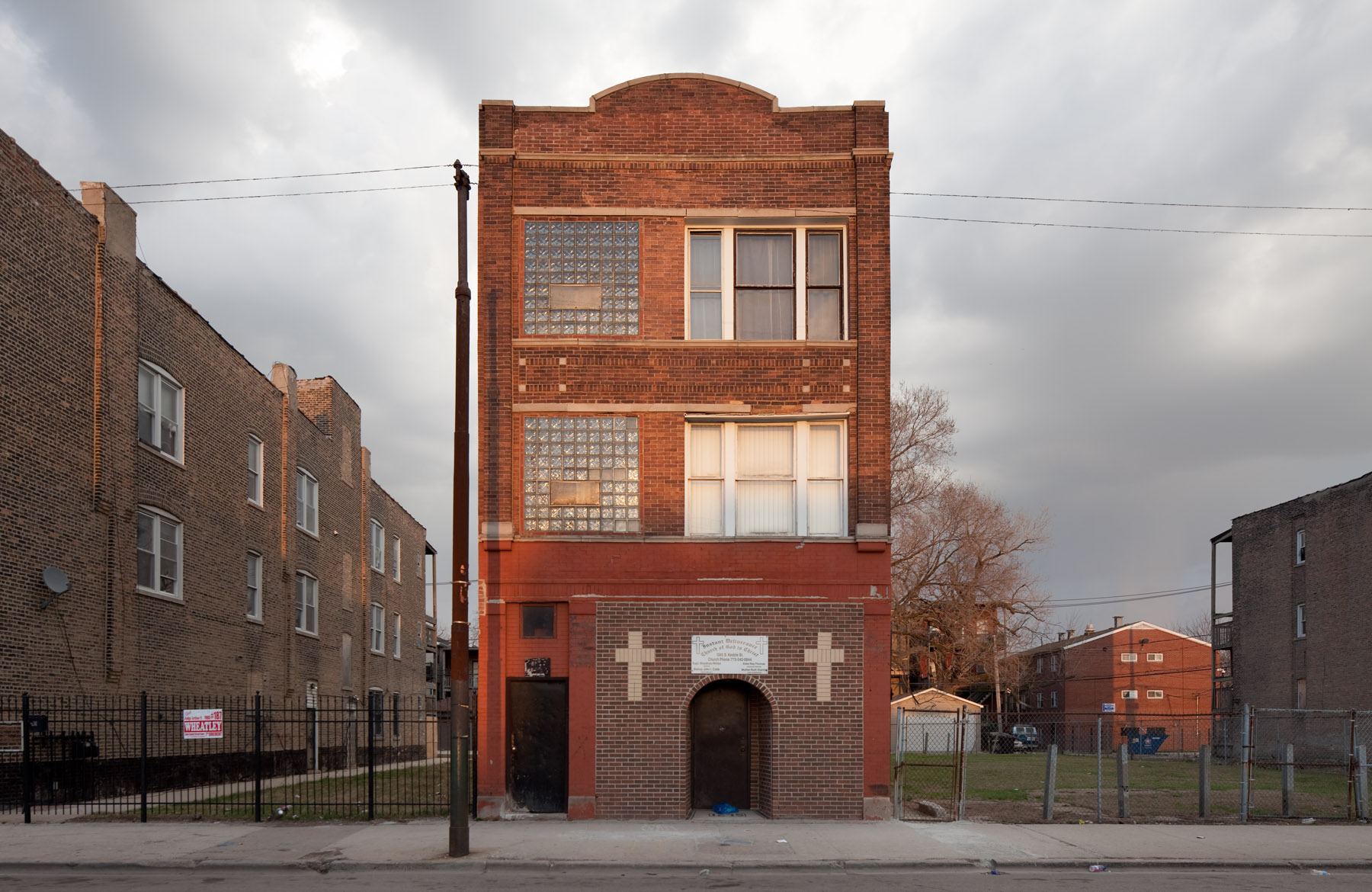
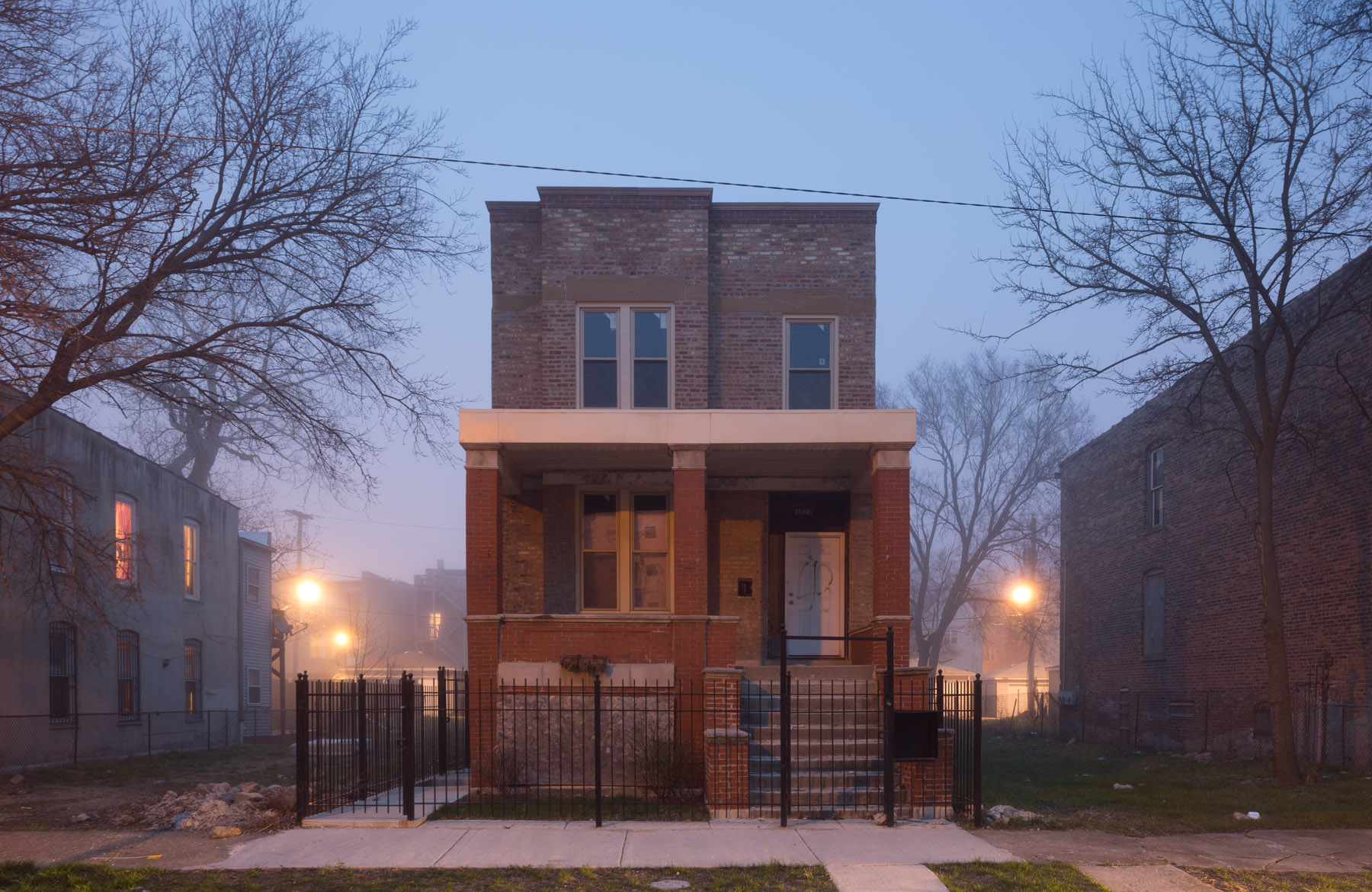
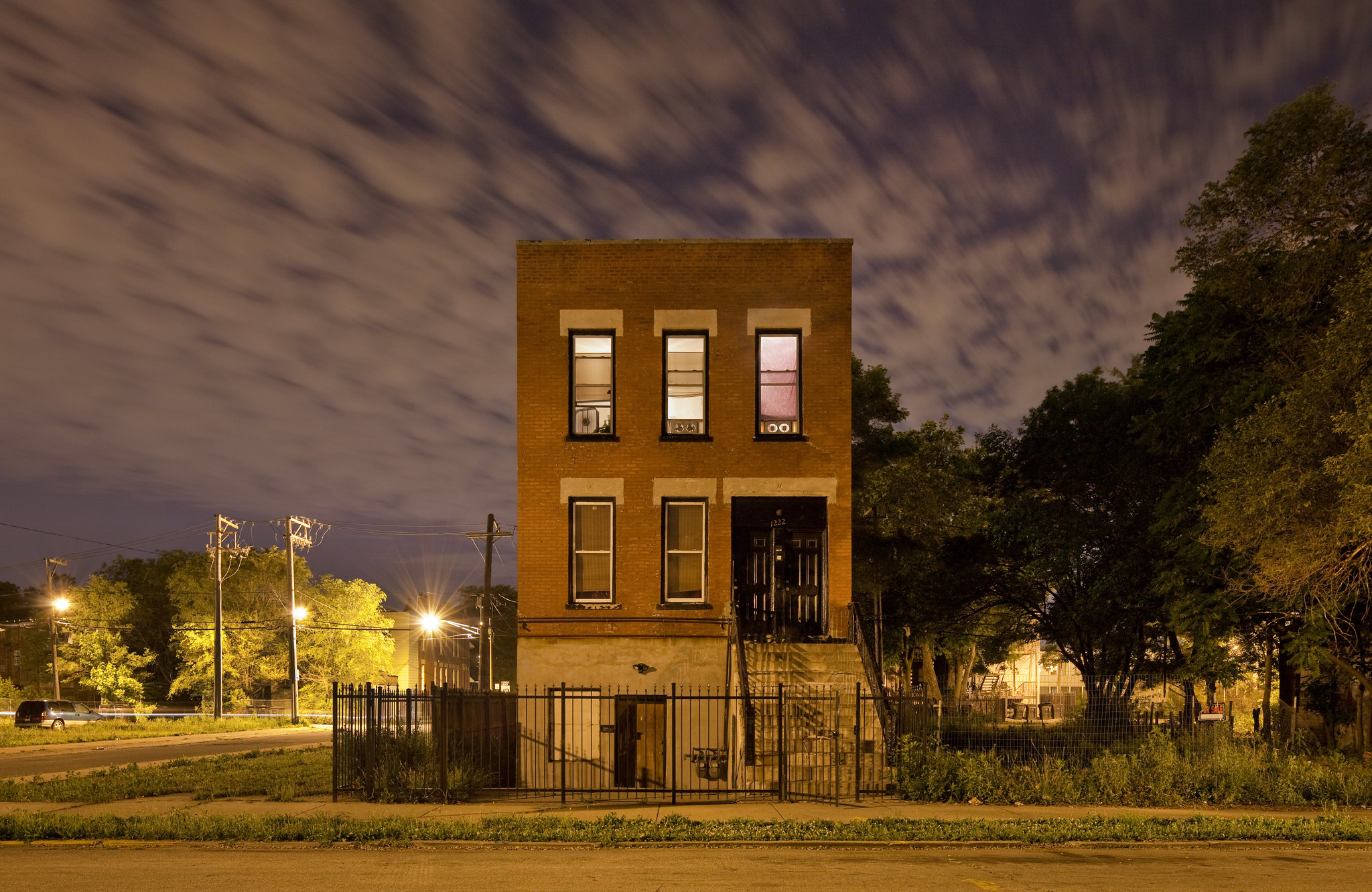
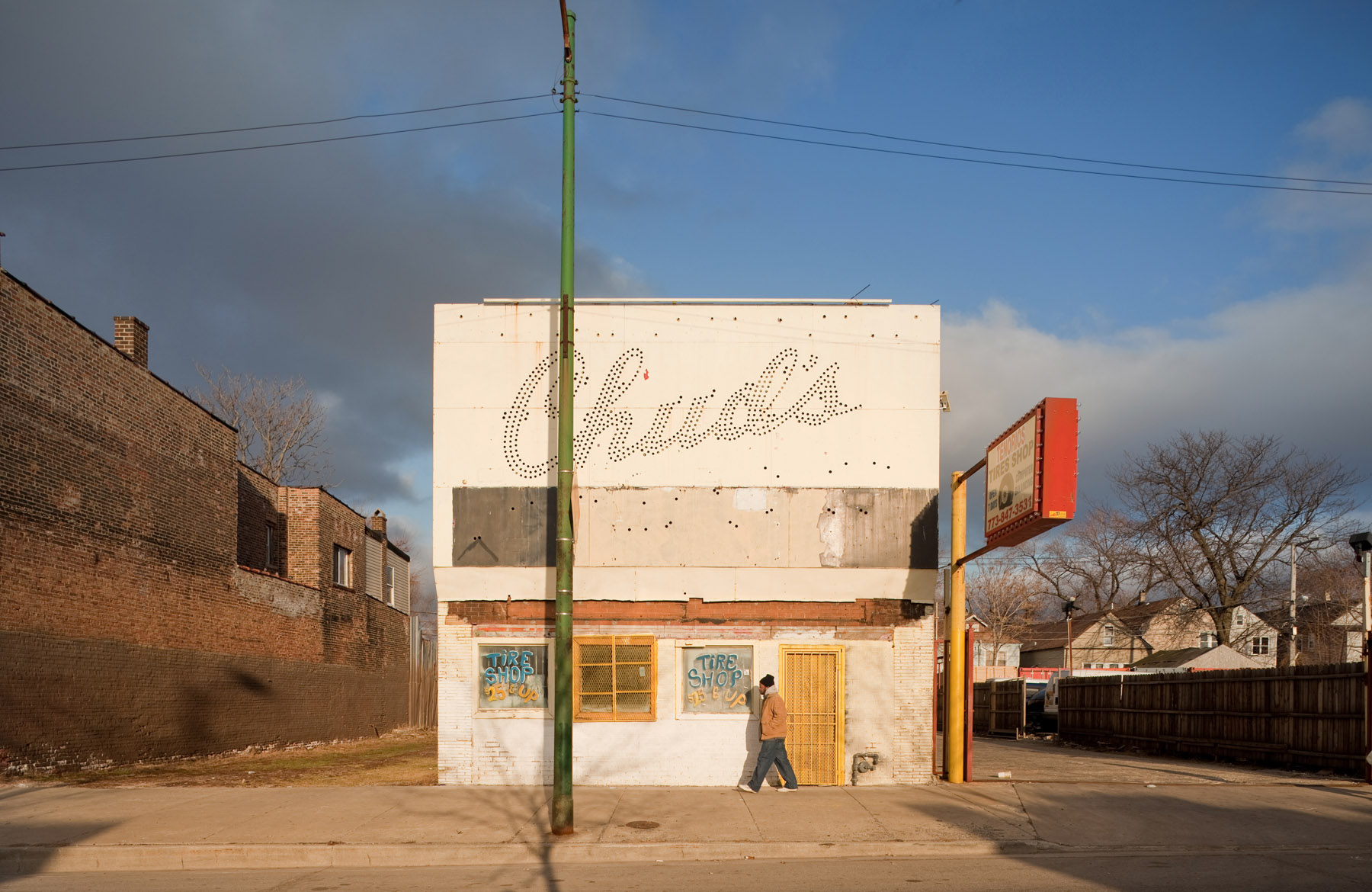




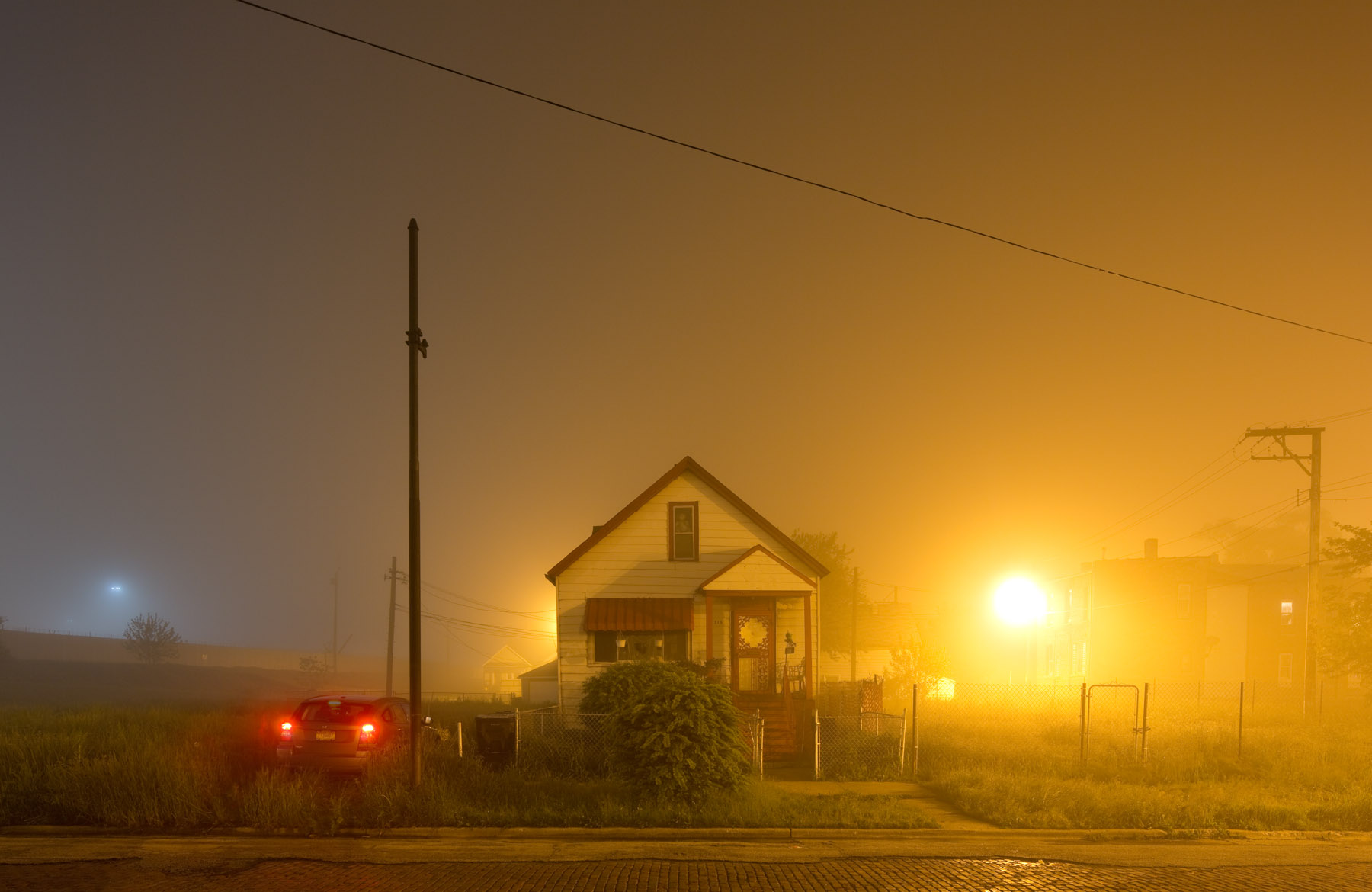


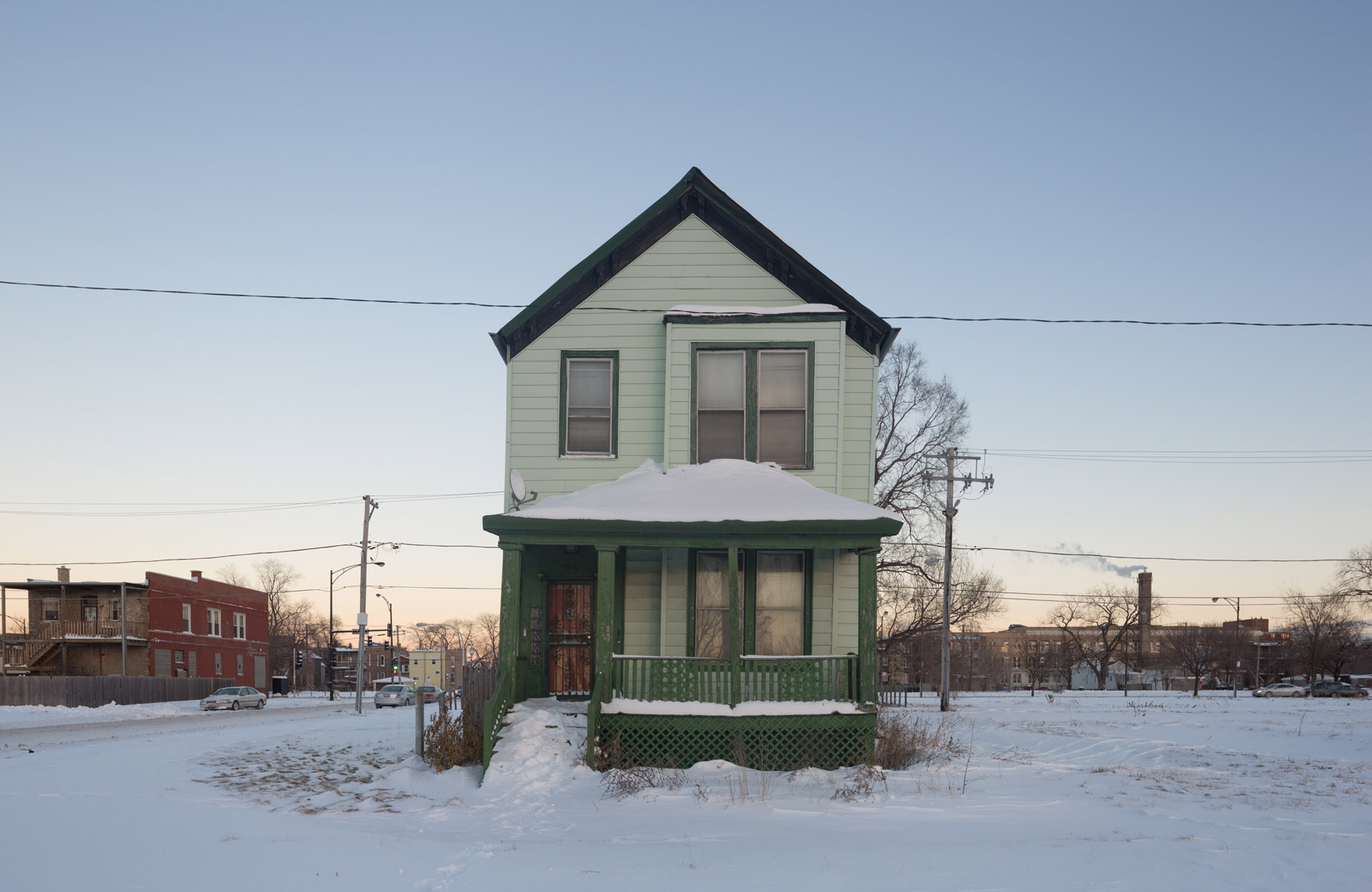
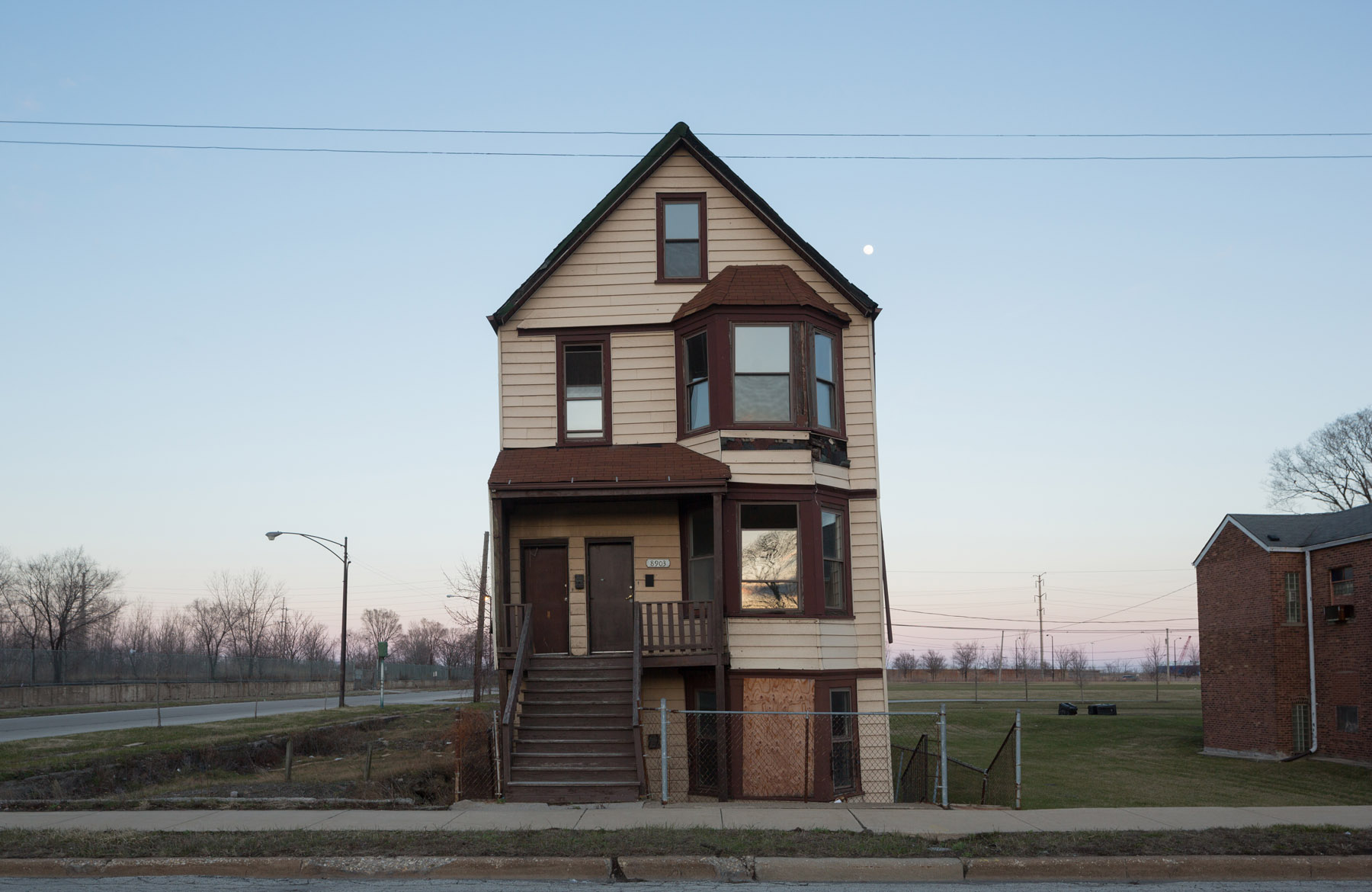
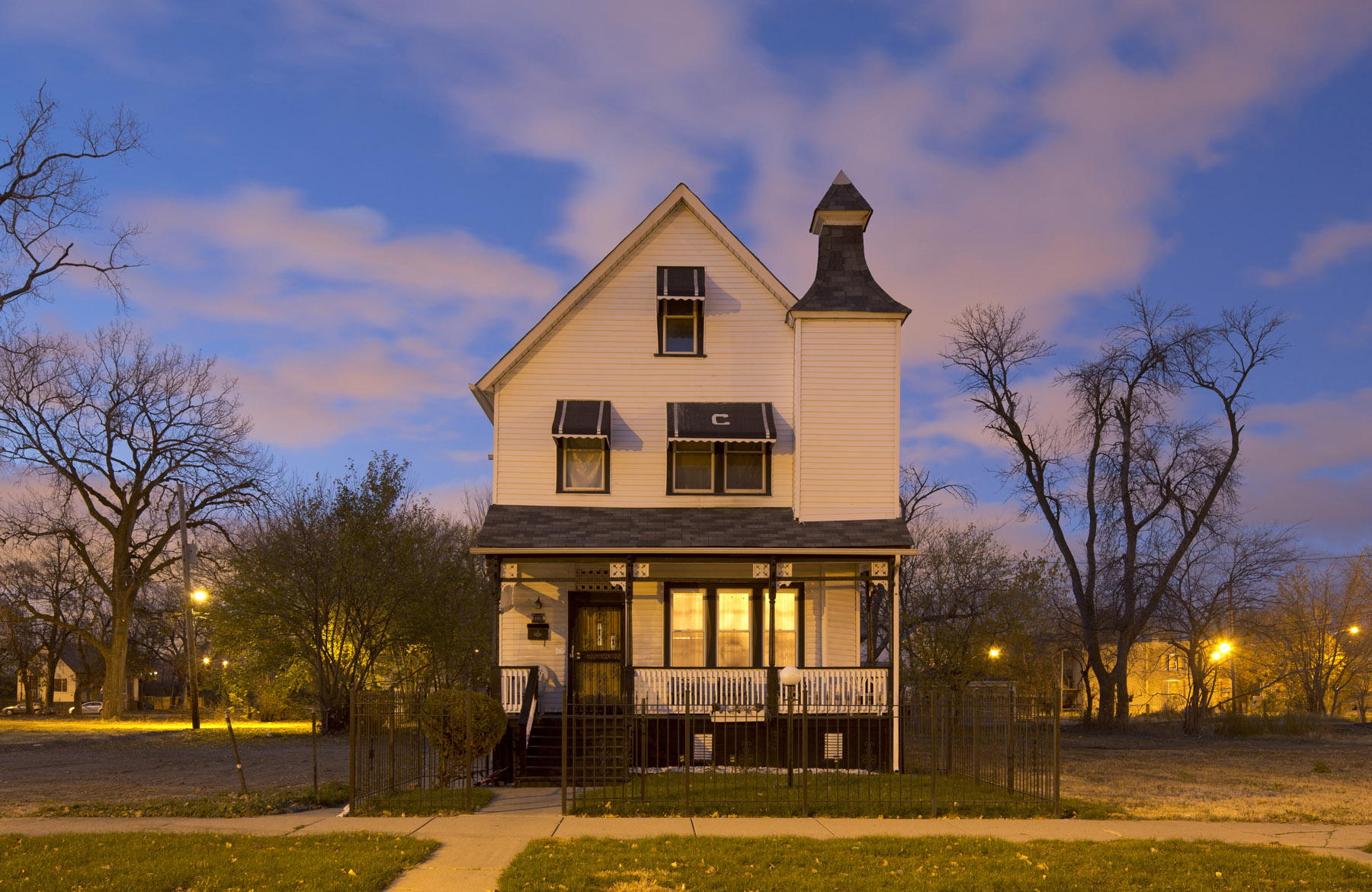
|
The Isolated Building Studies are the visual confluence of my interests in urban dynamism, socioeconomic inequality and photography. By using uniform composition in photographs of Chicago buildings with no neighboring structures, I hope to draw attention to new ways of seeing the common impact of divergent investment processes on urban communities. Isolated buildings are particularly useful for the exploration of neighborhood transformation and its social correlates because they are immediately recognized as unusual. As urban buildings, their form illustrates their connection with adjacent structures: vertical, boxy, an architecture confined by palpably limited parcels. When their neighboring buildings are missing, a tension emerges: the urban form clashes with the seemingly suburban, even rural, setting. Thoughtfully engaging the landscape requires further investigation to resolve this tension: Why is this building isolated? It is from this fundamental friction that the Isolated Building Studies launches. On one level, the details are helpful. In the case of older structures -- which are discernible by their brickwork, ornamentation and often the patina of neglect -- we see remnants of previous neighbors: an uneven side wall, an arch that terminates at its apex rather than at the ground, a fence dividing claimed and seemingly unclaimed territory. These physical aspects uniquely illustrate the history of the place as one of construction and, then, near destruction. The polarity is hindered by the survival of the subject building. Yet the causes of isolation are not always chipping away at urban material to leave a monolith. In many cases, the built environment is razed and a new building -- typically identified by its pristine but unadorned façade -- is constructed on a site. Often located on the edge of neighborhoods suffering from decades of divestment, they are frequently harbingers of the aspirations of community change, if not the forerunners of the transformation, itself. But the tension isn't only situated in the reading of landscape elements as old and new, in place and out of place. The underlying tension is that isolated buildings occupy a certain duality of transformation: with the dissolution of one community comes the creation of another. Whether a building is a pioneer or a survivor, built by gentrification or decayed by divestment, these buildings and their environs demonstrate how socially influenced investment cycles affect the visible aspects of our built environment, urban neighborhoods and community relationships. Of course, the specific character of change and its message varies by type of building. Given their overwhelming dominance and importance, residential buildings comprise the core of the Studies. In many neighborhoods, particularly on the South Side and near West Side, these most personal places are the bellwethers of dramatic economic development dynamics. As our homes go, so go our neighborhoods. Commercial and community structures are also featured in the Studies to signal the simultaneous connection and detachment these institutions have with residents in rapidly transforming neighborhoods. Given these buildings' roles as economic, spiritual and social loci of communities, their status is indicative of the health of those aspects of neighborhood life. When operating, such institutions are islands of stability for their constituents. When shuttered, commercial and community buildings demonstrate further ambiguity about transitions in neighborhood life. A church may just as easily close because of divestment as gentrification, given the corresponding changes in the characteristics of local residents. These patterns can be clarified through the recontextualization of buildings from their given environments into an abstracted neighborhood of isolation by viewing the images as a series. In so doing, new construction and old, homes and businesses, rich neighborhoods and poor neighborhoods are placed side by side. We are thus pushed to investigate relationships, to delve into common histories and reveal the political and economic forces leading to isolation. This new method of seeing alters not only how we interpret what we perceive, but also which questions are raised. Instead of seeing one peculiar building, we see the legacy and immediacy of urban transformation. Instead of asking "What happened to this house?," we ask "What is causing this phenomenon?" |
Photographs from Isolated Building Studies have been featured at the Museum of Contemporary Photography in Chicago Stories: Carlos Javier Ortiz and David Schalliol and the Tube Factory Artspace in Indianapolis, Indiana as part of David's solo exhibition, Three Communities. The project has additionally shown at the 2015 Chicago Architecture Biennial; pinkcomma gallery; the DePaul Art Museum; the Belfast, Northern Ireland Photo Festival; Tanto Tempo Gallery in Kobe, Japan; the Texas Tech University School of Art; and the Hyde Park Art Center, among other venues. Prints from the series are viewable in the Museum of Contemporary Photography's Midwest Photographers Project and Catherine Edelman Gallery's Chicago Project. Isolated Building Studies, a 56-page softcover book detailing David's series, was printed by the Japanese publisher Utakatado. The book has been featured by publications including Dwell, Chicago magazine and Gizmodo. Find out more or place an order on the blog. Photographs from the Studies also have been published in volumes including MAS Context #3: Work, Mossless Issue 3, and Migration: Lost and Found in America. |
COPYRIGHT © 2003-2025 DAVID SCHALLIOL |
|